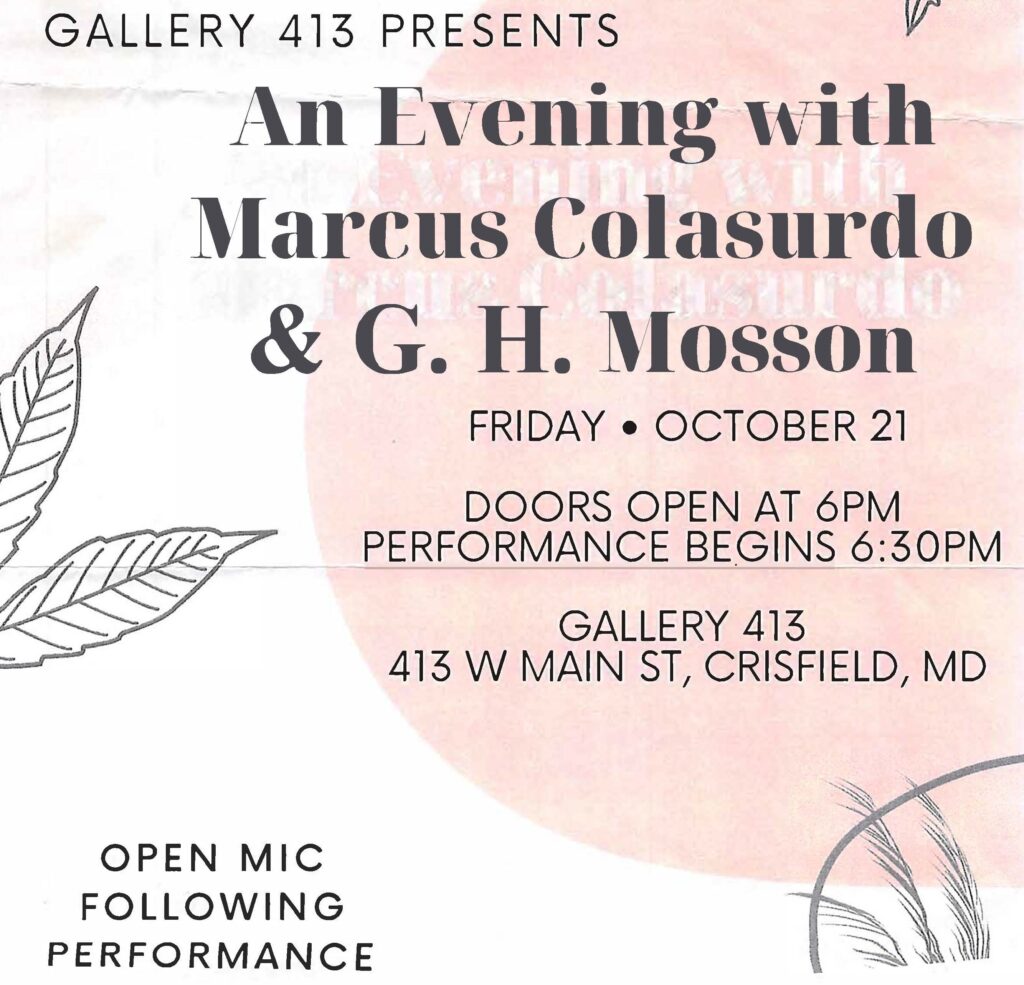I enjoyed this 2020 movie by Woody Allen, set in San Sebastian, Spain, a sort of low key drama about a failed writer, university professor (Wallace Shawn) and his publicity agent wife, and what happens at the tail end of a marriage, and whether people stick with it or not.
I. A Discussion
While Rifkin’s Festival is just a quiet, slice of life movie, with some smirks and smiles from the quips throughout, it does also display the skeleton a very good film when Allen’s creativity is fully formed, flowered, and in bloom. For that, I would turn to Wonderwheel (2017), a masterpiece of theatrical film-making with a dramatic script, home run acting, and the realism bordering on the ridiculous, and yet always reaching back to realism, for that melancholy laughter, and heart-tugging drama, that’s juicy and memorable.
So what does Rifkin’s Festival do well that one finds in Allen’s signature approach to film-making? Well, San Sebastian is a delightful, seaside town. Allen’s use of it makes the entire movie easy on the eye. Allen, famously with NYC, uses the present culture and his milieu to elevate his art and he does that here too.
Likewise, Rifkin’s Festival deals with a handful of characters, and this is quite typical of Allen’s film-making. The close focus, often augmented by a certain magical mix of casting the right actors, seems like a play focused on essential characters, rather than a cinema experience with landscapes, travel, car chases, backstories, flash forwards, and the passage of time.
This movie offers a mature story that needs to be read into. The characters lack big scenes where conflict shows us ‘what they are made of’, and so lack the drawn depth of Wonderwheel (2017), or what we get from Cate Blanchet and Andrew Dice Clay both in Blue Jasmine (2013). Rifkin’s Festival had a pleasing ensemble cast, heavily Spanish and European, but this mild-mannered pleasant movie lacked the drama or dialogue necessary for unforgettable acting.
The humor here ran throughout at a steady pace and at the level of a chuckle. This being said, maybe my favorite humorous moment was simply when the Wallace Shawn character, seeming around age-70, said he was working on his first novel and hoping it would be a masterpiece, or, he threatened, he’d just rip it up.
There was no really joke in the scene, except via dramatic irony. I mean, he’s 70. First novel? Fine, yeah right. Of course, it might happened, who knows. That scene produced silent intellectual laughter.
II. Closing Thoughts
In the end, Rifkin’s Festival is worth watching for Allen fans and in the middle tier of his later movies.
For those who haven’t seen an Allen movie for two decades, and want a dramatic one with some bite, then the two mentioned above and Sweet and Lowdown (1999) with Sean Penn are very likely his best of this period.
G. H. Mosson
www.ghmosson.com
